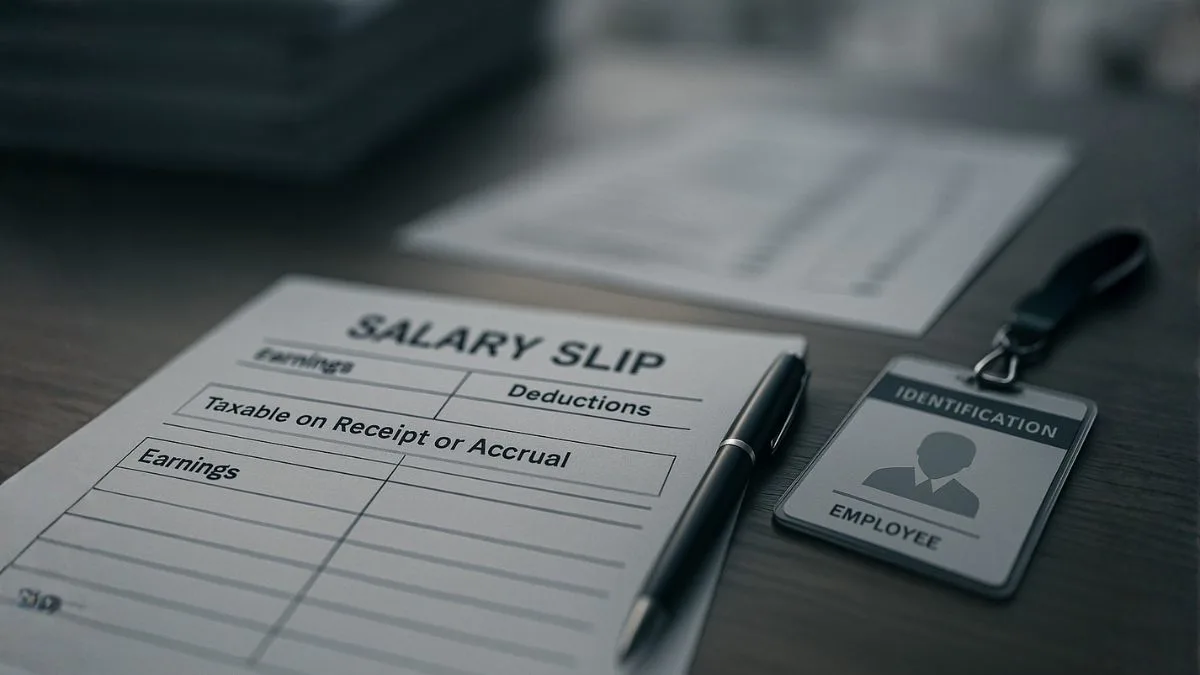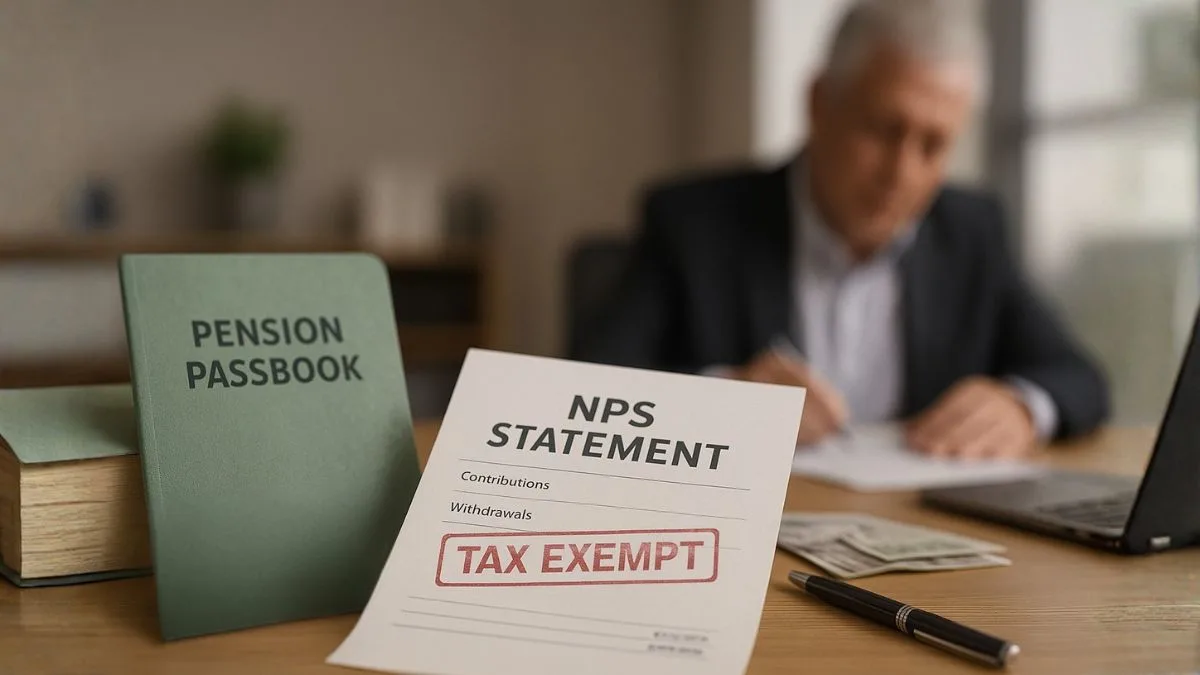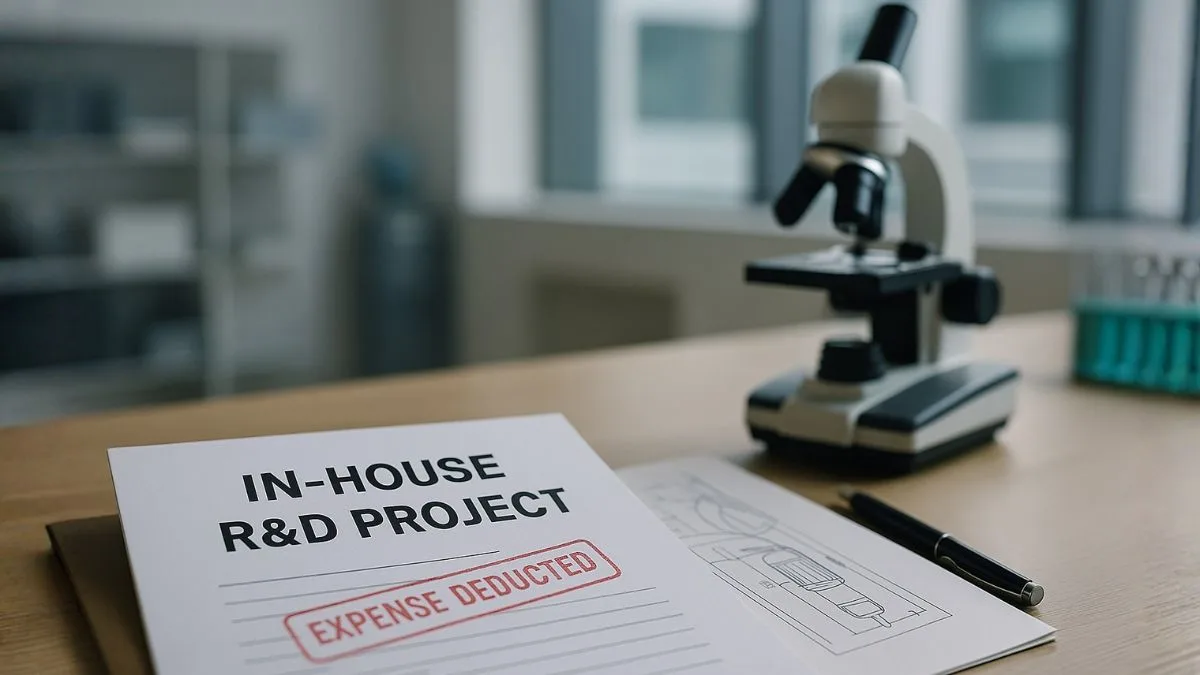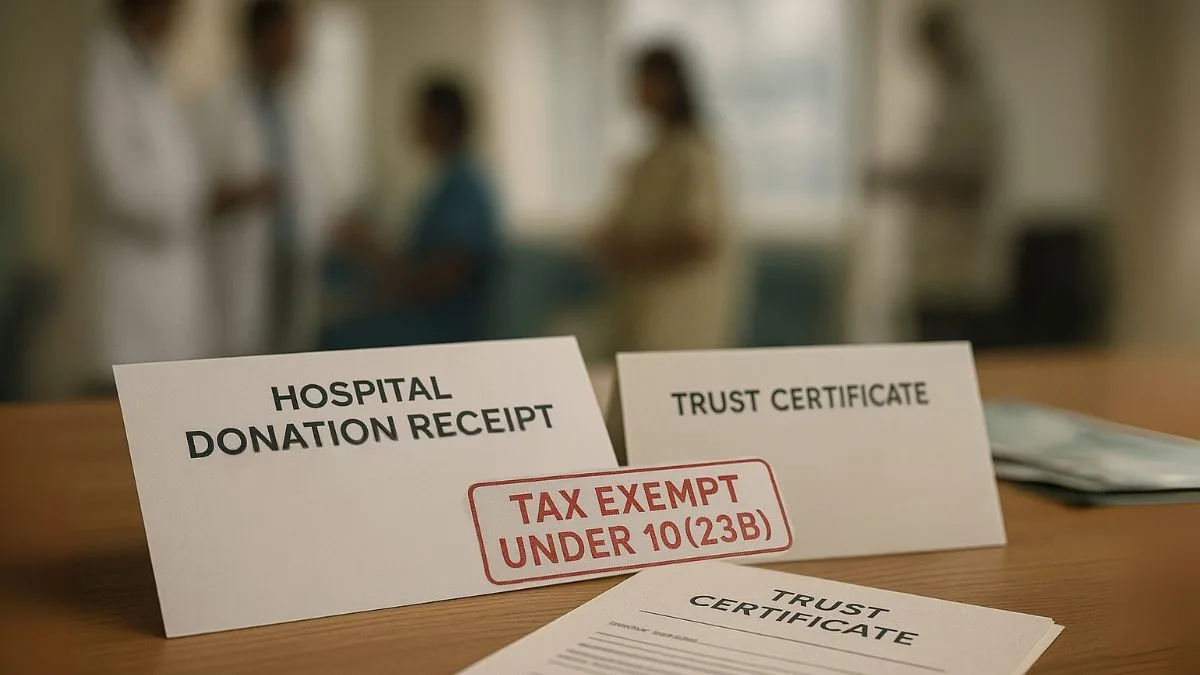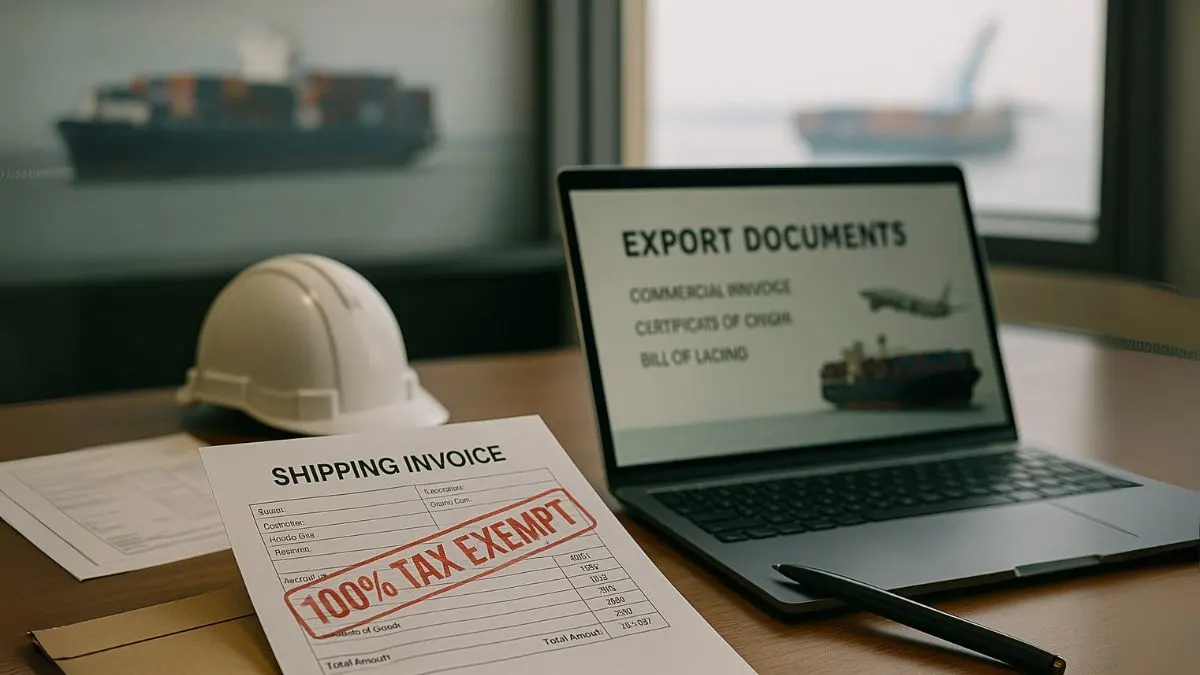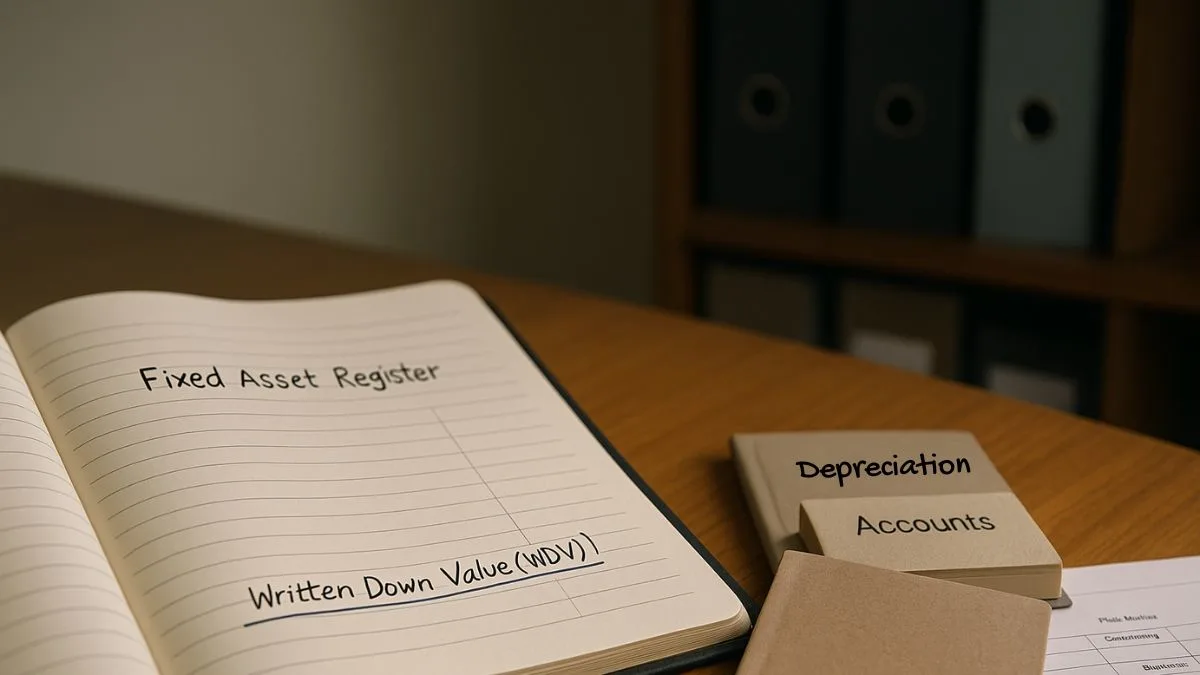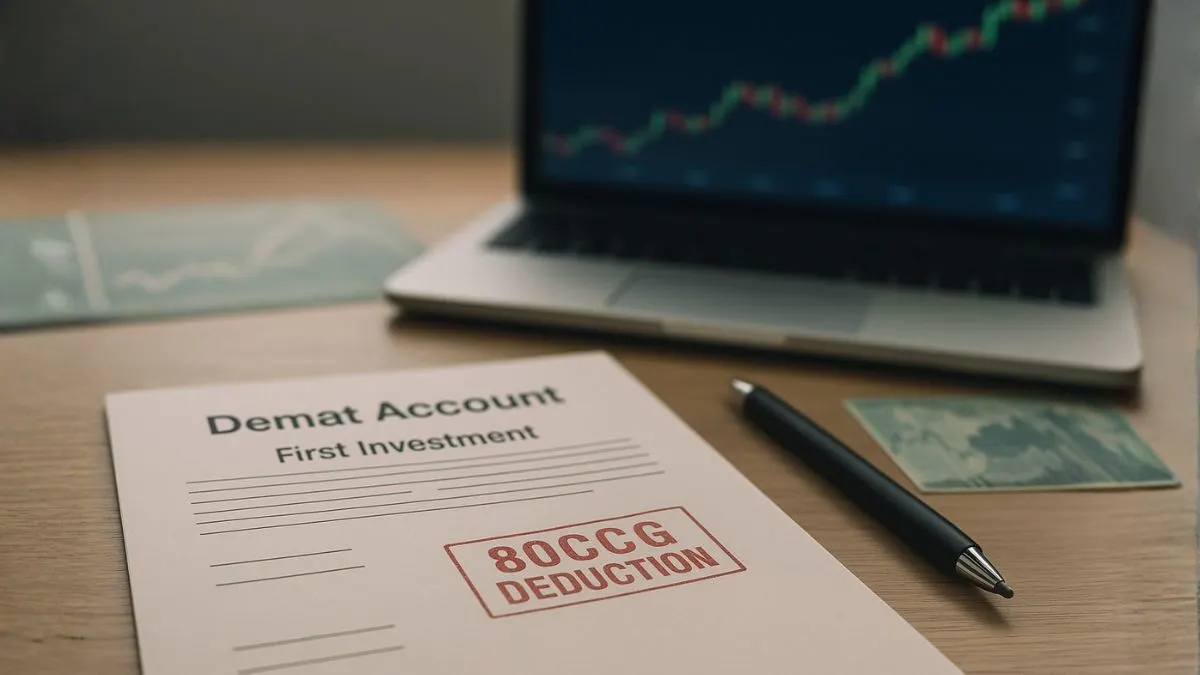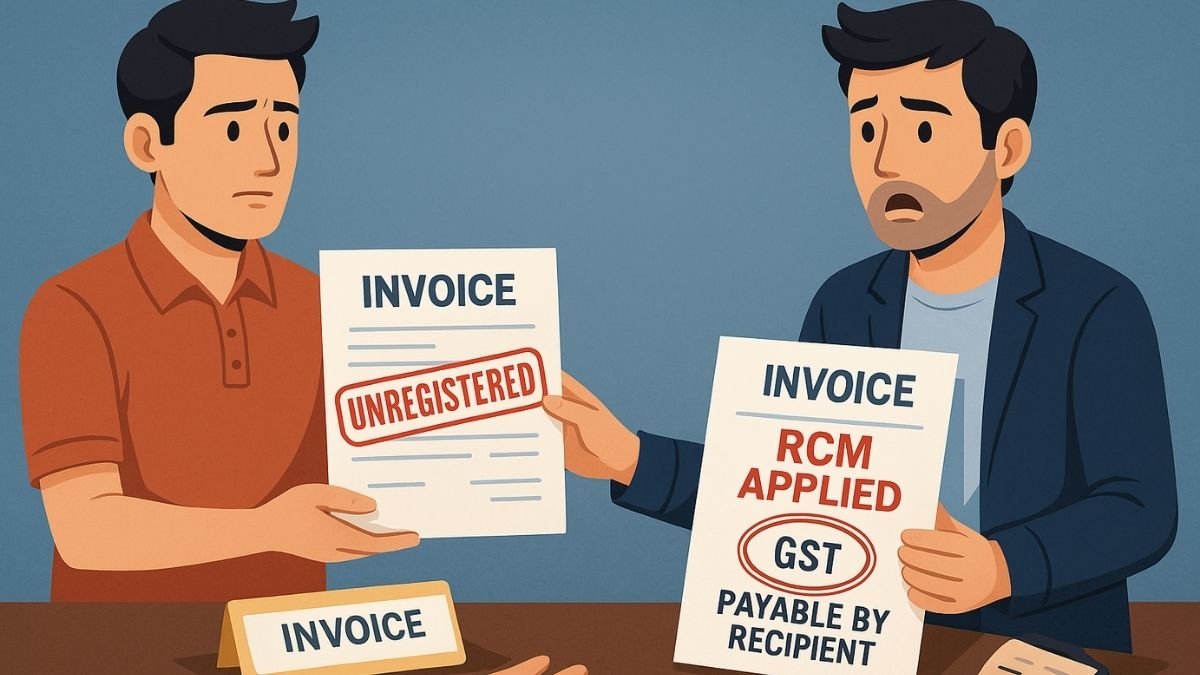
If you’re running a business or managing accounts under India’s GST regime, one term you cannot ignore is RCM in GST—also known as the Reverse Charge Mechanism.
But what exactly is it? And why does it matter?
Let’s break it down simply. “
What Is RCM in GST?
RCM, or Reverse Charge Mechanism, is a unique provision in the Goods & Services Tax (GST) framework. Under normal GST law, the supplier of goods or services is responsible for collecting & depositing the tax to the government.
However, under reverse charge under GST, this responsibility shifts from the supplier to the recipient.
In short, it is a system where the recipient of goods or services is liable to pay the tax, not the provider.
This seems unusual at first glance, but it serves very specific regulatory purposes.
Full Form of RCM in GST
RCM stands for Reverse Charge Mechanism. It is widely applicable across multiple categories of goods & services underthe GST law.
You’ll find it being used in B2B transactions, import of services, & even certain unregistered vendor cases.
Why Does Reverse Charge Exist?
The main reasons for the reverse charge in GST are:
- To ensure tax compliance from unregistered vendors
- To bring cross-border transactions (like import of services) into the GST net
- To shift the burden of tax to the recipient in select notified services & goods
Also, under reverse charge, the consideration paid to the supplier will exclude GST, since the recipient directly pays the tax to the government.
Reverse Charge Mechanism Example
Let’s say a registered company hires a Goods Transport Agency (GTA) service.
Under normal GST law, the transporter would charge GST. But under RCM, the recipient (company) must pay GST on freight directly to the government & claim ITC (Input Tax Credit) if eligible.
So, no GST is charged in the invoice. The company pays only the basic freight charge to the supplier. The GST is paid separately to the government by the recipient.
Key Features of RCM in GST
- Applicable to specific goods & services notified by the government
- Shifts tax liability to the recipient instead of the supplier
- The supplier cannot collect GST
- Input Tax Credit can be claimed if applicable
- GST must be paid via cash ledger only (not using ITC)
List of Services Under RCM in GST 2024
As per the latest update, here’s a snapshot of the list of services under RCM in GST:
|
Sl. No |
Type of Service |
Tax Payable By |
|
1 |
Goods Transport Agency (GTA) |
Recipient |
|
2 |
Advocate or Law Firm |
Recipient |
|
3 |
Security Services by Non-Body Corporations |
Recipient |
|
4 |
Renting of a motor vehicle |
Recipient |
|
5 |
Services provided by the Director to the Company |
Company |
|
6 |
Import of services |
Recipient |
|
7 |
Sponsorship services |
Recipient |
For the complete list of services under RCM in GST with rate, visit the CBIC portal or download the official list of services under RCM in GST PDF.
Goods Covered Under RCM
Not just services—certain goods are also notified for reverse charge. For instance:
- Silk yarn
- Cashew nuts (not shelled or peeled)
- Bidi wrapper leaves
- Tobacco leaves (if supplied by an agriculturist)
The recipient must calculate GST & deposit it, even if the supplier is unregistered. “
When Is RCM Applicable?
RCM is applicable in three scenarios:
- Supply by unregistered to registered person under Section 9(4) (in certain notified cases only)
- Supply of specific goods & services notified by CBIC
- Import of services or goods
The reverse charge ensures 100% tax compliance, even when dealing with small or unregistered vendors.
GST Compliance Under RCM
If you fall under reverse charge provisions:
- You must self-invoice (if the supplier is unregistered)
- Pay GST via cash ledger, not via ITC
- Report RCM details in GSTR-1 & GSTR-3B
- Maintain records of RCM liabilities and ITC claimed
Failure to pay RCM on time may attract interest and a penalty.
What Is RCM in GST With Example and PDF?
If you're searching online for what RCM is in GST with an example, here’s a quick link to help:
📥 You can download the RCM in GST PDF from the CBIC official website or contact your GST consultant.
FAQs on RCM in GST
Q1. What is the full form of RCM in GST?
A: Reverse Charge Mechanism.
Q2. Is GST included in the consideration when paying under RCM?
A: No. The consideration paid to the supplier will exclude GST under RCM.
Q3. Can I claim ITC on RCM tax paid?
A: Yes, subject to eligibility conditions under Section 16.
Q4. What is RCM in GST in Hindi?
A: उल्टा शुल्क तंत्र (RCM) एक ऐसी व्यवस्था है जिसमें सेवा या वस्तु प्राप्तकर्ता पर जीएसटी जमा करने की जिम्मेदारी होती है।
Final Thoughts
RCM in GST is a powerful tool to bring transparency and tax discipline, especially in high-risk or unorganised sectors. It’s not just a compliance requirement—it’s a strategic mechanism to ensure accountability from the buyer’s end.
Let’s summarise:
- Reverse Charge Mechanism (RCM) transfers tax payment from the supplier to the recipient
- It applies to notified goods & services
- GST is paid directly by the recipient, not included in the supplier's invoice
- You must report RCM details in your returns
- Input Tax Credit can be claimed if eligible
👉 Want the latest RCM list or help with RCM compliance?
Visit www.callmyca.com for expert assistance, updated charts, & compliance support.



